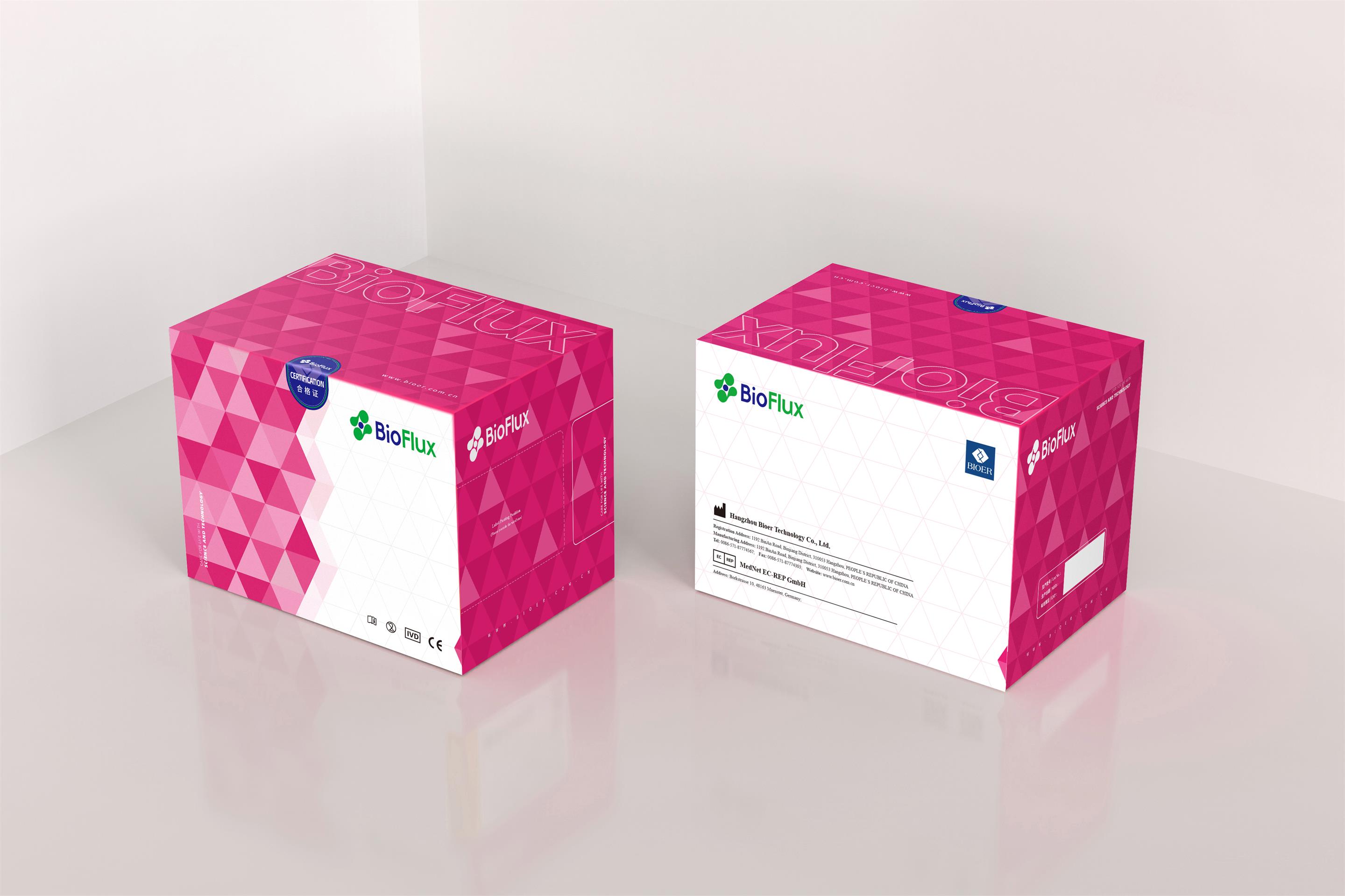Quick Entrance
- CN | Japanese



| Cat.No | Product Name | Package |
| BSJ21S1A/ BSJ21M1A | SARS-CoV-2 Nucleic Acid Rapid Detection Kit (Fluorescence RT-PCR) | 24T/48T |
detect.
Result: The results showed that the test of SARS-CoV-2 pseudovirus and the nucleic acid test of pathogen cultures both revealed that there was no interference between FAM, HEX and CY5.
Case 2. Pathogen cultures of SARS-CoV-2 were extracted with Bioer MagaBio plus Virus DNA/RNA Purification Kit III and diluted according to a 10-fold gradient to detect.
Result: In the four gradients(every 10 times gradient dilution), the correlation coefficients of amplification were all above 0.995, 3. and the linear relationship was good.